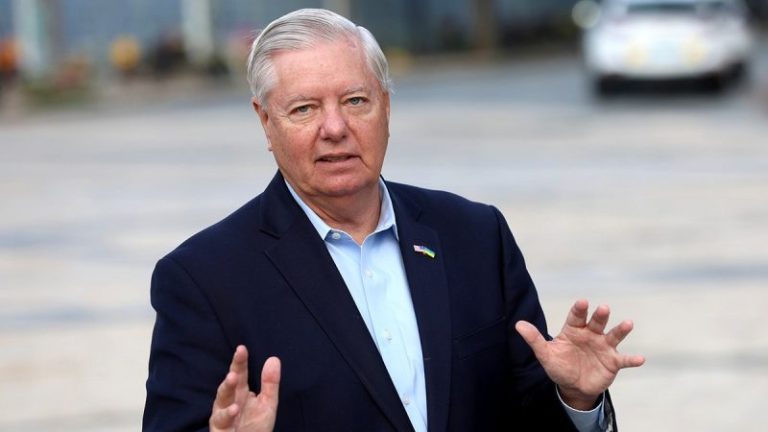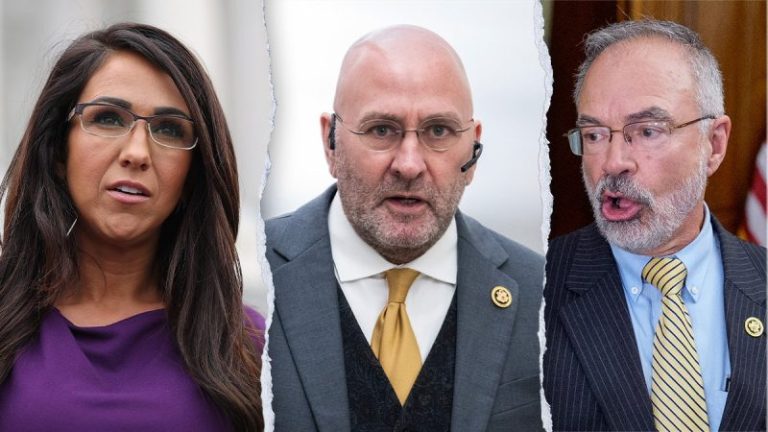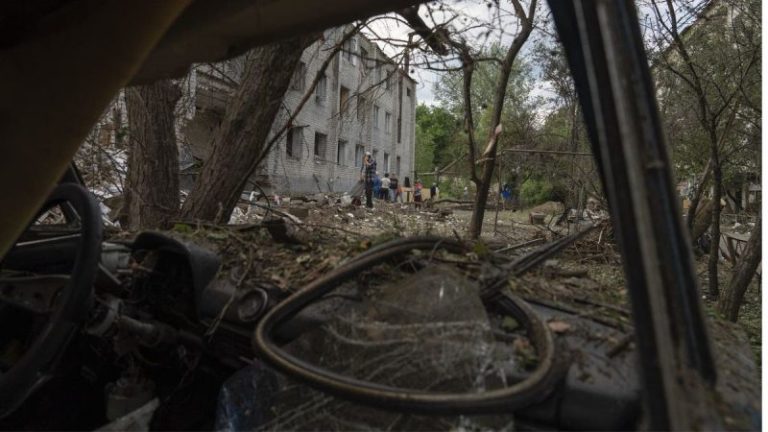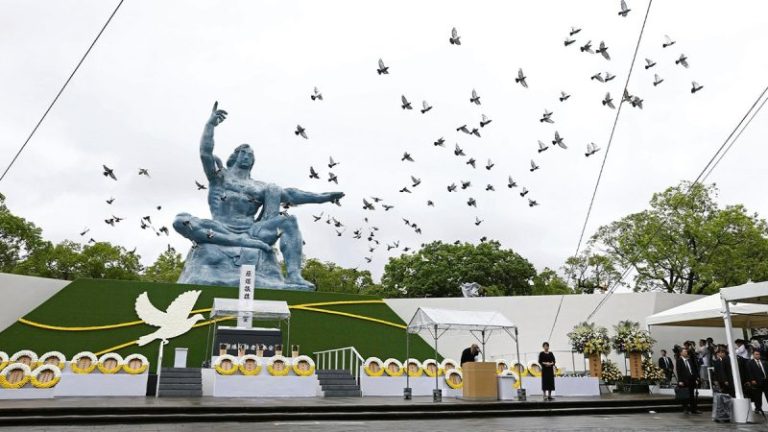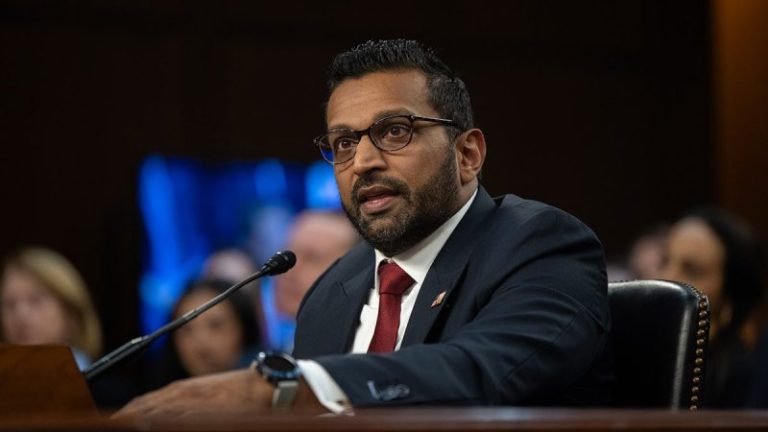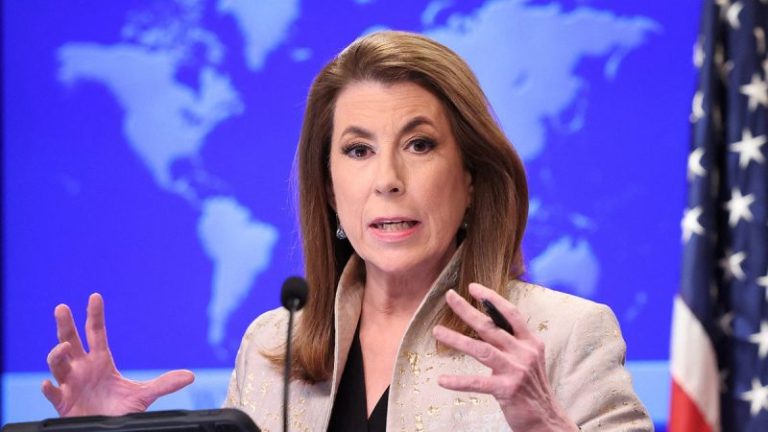China’s bid to strangle the world’s supply of heavy rare-earth elements was about to hit a wall. Vietnamese entrepreneur Luu Anh Tuan had lined up U.S. backing for a technology that could break Beijing’s chokehold on the critical minerals behind everything from smartphones to missile-guidance systems.
Tuan and his family had fled Vietnam for the U.S. to escape Beijing’s tightening grip over Hanoi, where the Chinese Communist Party exerts a heavy influence on domestic governance.
In July 2023, he signed a technology transfer agreement, seen by Fox News Digital, to bring the heavy rare earth separation technology he was using at his Vietnam-based company, Vietnam Rare Earth (VTRE) to VTRU Corporation, a company registered in Nevada. VTRE had also signed a series of memoranda of understanding (MOU) agreements with Western companies.
‘He had a bad sense of insecurity about being in Vietnam. He was determined to transfer his technology to the US as quickly as possible,’ a source familiar with the rare earth industry, granted anonymity to speak without fear of retribution, told Fox News Digital.
At the time, the world was entirely dependent on Chinese companies to separate their heavy rare earth metals.
‘China has been really working for the better part of over 20 years now on building this dominance,’ Gracelin Baskaran, director of the Critical Minerals Security Program at the Center for Strategic and International Studies, said in an interview.
And while companies like U.S.-based MP Materials and Australia-based Lynas are in the process of developing their own separation technologies, China still controls up to 90% of the rare earths separation and refining capacity and over half of mining output.
In October 2023, Tuan, then a U.S. permanent resident and green card holder in the process of becoming a citizen, was back in his Hanoi office when Vietnamese authorities raided the building, seizing all laptops and records. Seventeen employees were arrested, according to Tuan’s American business partner, Richard Dunham, and all but one, Do Hanh Huong, Tuan’s sister-in-law and COO of VTRE, have since been released.
The arrest came shortly after President Joe Biden visited Vietnam and signed cooperation agreements on rare earth minerals.
In December, China banned rare earth extraction and separation, in what the industry saw as another effort to maintain its monopoly on the market.
‘When China put in these restrictions, it really made countries like the U.S. and Australia realize that they didn’t actually even have the technical know-how to do it themselves,’ said Baskaran.
‘The process itself is just very labor-intensive and very toxic,’ said Josh Birenbaum, a minerals expert at the Foundation for Defense of Democracies, adding China cornered the market through state subsidies and lax environmental concerns.
While the U.S. has one major rare earths mine, MP Materials’ Mountain Pass, until this year, the company was exporting those rare earths to China for separation. The trade war and export controls that followed prompted the U.S. to stockpile its rare earths until separation capacity was up to scale at home.
Tuan was accused of forging a value-added tax receipt while trading rare earths with Thai Duong Group, which operates a mine in the northern Vietnamese province of Yen Bai.
VTRE had partnered with Australian mining companies Australian Strategic Materials and Blackstone Minerals Ltd. Tuan and Dunham had also met with officials from the state of Nevada and the Department of Energy to discuss plans to bring the separation technology to the U.S. through VTRE. Both were ‘enthusiastic’ about the proposal, which ultimately led to the signing of the transfer agreement, according to Dunham.
The arrest also came as Vietnam prepared to auction the Dong Pao mine. VTRE, backed by Western partners, was the only qualified bidder, according to Dunham.
This year, Tuan pleaded guilty in exchange for a lighter sentence. He’ll spend 16 years in prison with a fine of $10 million, but his advocates say he was ‘coerced.’ Huong was sentenced to six years in prison.
‘We believe these charges to be manipulated, charges that were founded by Vietnamese state actors who have realigned themselves with China,’ said Dunham. ‘He was tortured to obtain a guilty plea.’
Fox News Digital could not independently verify this claim. The State Department documents credible reports of arbitrary arrests, torture and inhumane treatment by authorities, affecting both political detainees and others in custody. Medical neglect and forced confessions are frequently reported.
Tuan’s advocates say the company he was purchasing ore from, Thai Duong, refused to provide invoices at the actual rate VTRE was paying for ore. It only provided invoices that claimed it was selling ore at a lower rate, reducing its taxable income.
According to Dunham, Thai Duong refused to issue invoices reflecting the actual sale price to VTRE, allegedly to avoid environmental, natural resource and corporate income taxes, obligations that fell on Thai Duong, not Tuan.
Tuan was faced with a choice: accept the lower-rate invoices and make up the tax discrepancies with his own money or allow his state-funded minerals project, and in turn, his business, to collapse, per Dunham.
Though Tuan was convicted on criminal charges, Dunham said the violation of accounting regulations lacks evidence of criminal intent.
‘Even if he were guilty of an accounting issue, it’s not something that is criminally liable for what they’re trying to do. No place in Vietnam has there ever been an issue with this type of sentencing. It’s totally unheard of. Typically you would pay a fine and that’s it.’
‘He is the only individual outside of China that has a fully integrated rare earth company that’s from mining to metallization; in other words, from digging it out of the ground to the manufacturing of magnets.’
Tuan was also convicted of smuggling rare earth materials, but customs documents show clearance of 63 shipments of heavy rare earth oxide mixtures under tax code 2846, which corresponds to rare earth compounds. The court misclassified the exports under tax code 2530 (raw ore), to falsely claim they were illegal, according to Dunham.
The Vietnamese Ministry of Public Security’s investigation concluded that customs officers who signed the 63 export declarations for VTRE verified Tuan’s compliance.
China’s crackdown since then has only accelerated. Minerals experts have been ordered to surrender their passports to prevent them from sharing any technology outside the country. Beijing has tightened controls on exports of rare earths, prompting major concerns from within the U.S. defense industry. While China allowed them to flow again during trade negotiations with the Trump administration, they remain banned for defense purposes.
According to Dunham, VTRE has developed the technology to produce heavy rare earth oxides from xenotime, monazite and ion-absorption clay at a purity of 95% through a solvent extraction system. The technology was capable of processing diverse ore types and recycling NdFeB magnets.
Requests for assistance from the U.S. government have not been fruitful, according to Tuan’s advocates.
Tuan is essentially cut off from his family and lawyers. He’s seen family members around five times since his arrest nearly two years ago.
‘We are deeply concerned about his physical and mental well-being,’ the source said. ‘He is mentally resilient. He continues to believe the truth will eventually come to light.’
Fox News Digital has reached out to the White House, State Department, Chinese Embassy and Vietnamese Embassy for comment.
This post appeared first on FOX NEWS


